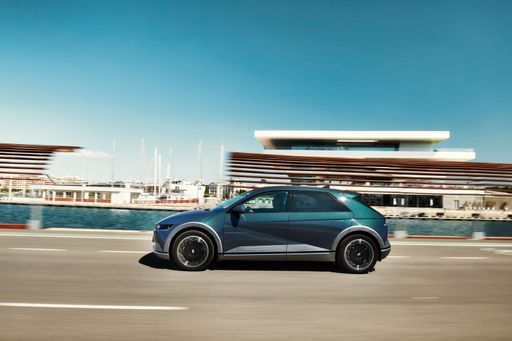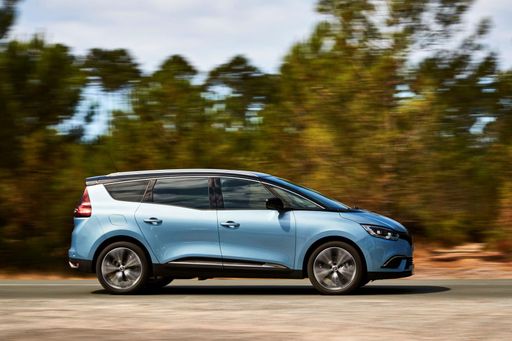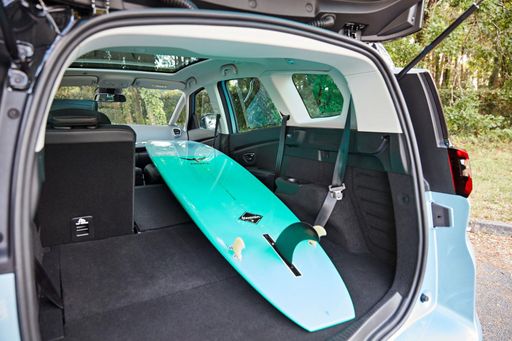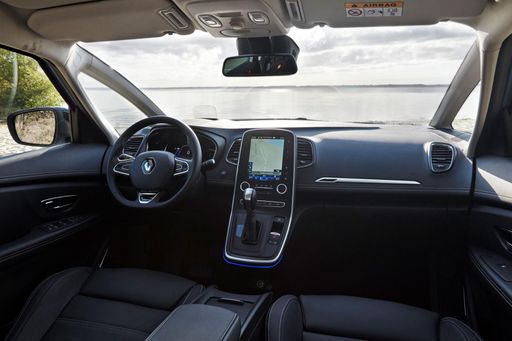Hyundai IONIQ 5 vs Renault Scénic: A Comprehensive Comparison
In the increasingly competitive electric vehicle market, the Hyundai IONIQ 5 and the Renault Scénic emerge as front-runners, each offering unique features to attract buyers. As both brands push the envelope in innovation, consumers face the challenge of choosing between these two remarkable contenders. This article delves into the technical specifications and innovations that define each vehicle, helping you make an informed decision.










